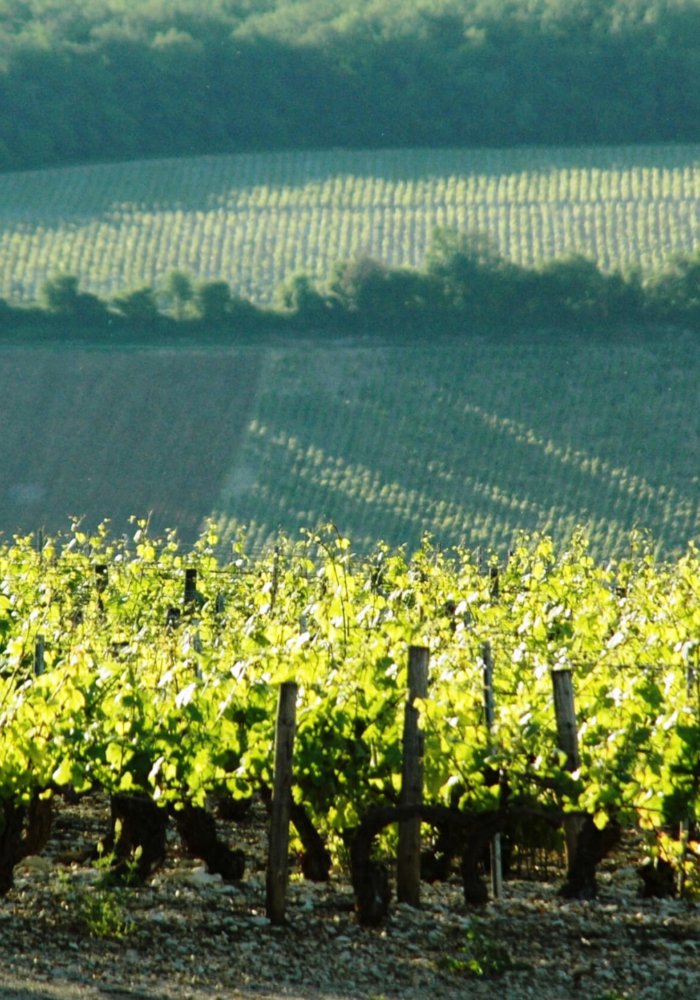The green gold of the Bourgogne region, from Chablis and its great dry white wines with mineral notes to the Grand Auxerrois and its varied range of appellations
The Chablis and Grand Auxerrois winegrowing region in Bourgogne is a blessed land for lovers of exceptional white wines and a wide variety of grape varieties.
Located halfway between Beaune and Paris, the Chablis wine-growing region covers some twenty communes, offering a picturesque landscape of green valleys and sunny hillsides, bordered by the graceful Serein valley. But the secret of this wine region’s reputation lies in its clay-limestone soils.
The Chablis wine-growing region is famous for its dry white wines with distinctive mineral notes. Chardonnay is the main grape variety produced here, giving rise to a range of world-renowned appellations. Chablis Grand Cru, with its green-gold color, is the perfect balance between liveliness, dryness and acidity, creating an unforgettable taste experience. Chablis Premier Cru, meanwhile, encompasses a wide range of aromas, from mineral to floral, captivating the senses with its complexity. Chablis, dry and refreshing, seduces with its freshness and sophistication, while Petit Chablis reveals a bouquet of white blossom and citrus notes, imbued with lightness.
The Grand Auxerrois region covers a multitude of small, ancient plots, now sorted into four distinct terroirs, each with its own unique characteristics.
The Auxerrois, to the south and south-east of Auxerre, covers a dozen communes. The Tonnerrois, to the east of Chablis, dresses the banks of the Armançon river with its vines, while the Vézelien, around the commune of Vézelay, reveals wines of subtle elegance. The Jovinien hillsides, to the north of Auxerre, look down over the town of Joigny, producing wines of great expression.
On these limestone soils, a wide range of Burgundian grape varieties is cultivated, offering a diversity of aromas and flavors to satisfy every palate. You will find typical grape varieties such as Chardonnay and Aligoté for white wines, Pinot Noir and Gamay for red wines. César (red wines), Sacy and Melon (white wines) are rarer. In this region, the Sauvignon grape variety stands out at Saint-Bris, providing aromatic white wines.
From Irancy to Vézelay, passing through Saint-Bris, you will discover a whole range of Village and Régionale appellations, each with its own unique charm. The specific Régionales appellations of the Grand Auxerrois, such as Bourgogne Chitry, Bourgogne Côte Saint-Jacques, Bourgogne Côtes d’Auxerre, Bourgogne Coulanges-la-Vineuse, Bourgogne Epineuil and Bourgogne Tonnerre, add a touch of diversity to the Burgundian wine palette.
From Chablis to Grand Auxerrois, this wine-growing region promises an exceptional tasting adventure.
